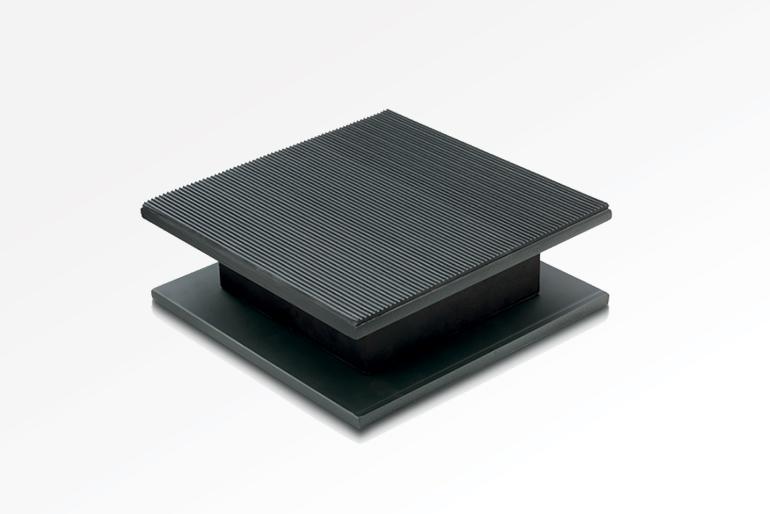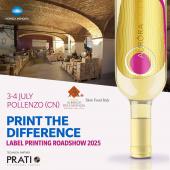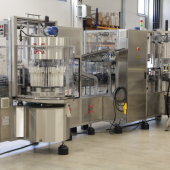Cutting-edge anti-vibration systems
Vibrations are often an unwanted phenomenon and can often adversely affect the machines that generate them, as well as the conditions of the surrounding environment and people’s health.
Given the importance of the effects of such vibrations and the repercussions in terms of loss of efficiency of plant, the scientific world continues to research the development of new solutions and new “meta-materials” able to stop or reduce the propagation of vibrations in the air or in solid bodies.
ELESA has developed an increasingly wide range of anti-vibration systems, with the addition of the recent AVR bases composed of two galvanized steel plates glued on the two faces of an anti-vibration body in NBR rubber (30, 50, 55, 60 and 80 Shore A hardness). The range also includes square plates (AVR-Q) and rectangular plates (AVR-R) with SBR rubber coating.
The new AVR anti-vibration bases offer effective protection against vibrations and knocks where compressive strength is required and are suitable for meeting the installation requirements for air treatment in industrial environments (HVAC), for electric panels and presses, which are possible sources of vibrations that must be isolated as far as possible to prevent malfunctioning and protect people’s health.
Examples in nature (to follow).
A group of researchers at the Turin Polytechnic, in partnership with academics from other European universities, in a work recently published in the Matter scientific journal (Optimized structures for vibration attenuation and sound control in nature: A review), observed the phenomenon of vibrations in nature, focusing on the solutions adopted by a number of animals such as woodpeckers, who make holes in trunks, or moths, whose wings are structured to avoid being heard by bats. It was found that many organisms have adapted to their environment through complex evolutionary processes that have allowed them, over millennia, to develop advanced characteristics and functionalities. Similarly, we can say that the industrial world has developed extremely efficient materials and structures that have optimised mechanical, thermal and optical properties.






















